Compost is like miracle soil. It helps sandy soil hold nutrients and moisture, and loosens heavy clay so plants can breathe. The beneficial micro-organisms in compost helps your plants grow strong and healthy. As it decomposes, compost feeds your plants naturally and organically.

Combined, yard trimmings and food residuals constitute 27% of America’s municipal solid waste stream. By composting, you’ll reduce the amount of material sent to the landfill and have a ready source of dark, nutrient-rich, natural soil for your garden. The EPA has a wealth of information about composting, as do websites like Decompose.co
Compost requires three basic ingredients:
- Browns — includes materials such as dead leaves, branches, twigs, and cardboard
- Greens — includes materials such as grass clippings, vegetable waste, fruit scraps, and coffee grinds
- Water
You have a few options when choosing the type of system you want. The simplest method is to just start a pile. There are also scores of plans for do-it-yourself compost bins. You can even make one out of old shipping pallets. Another popular and virtually maintenance-free choice is a compost tumbler, which is great if your homeowner’s association forbids outdoor composting. By using a worm bin, you can even compost in a basement. Each system has its pluses and minuses. You’ll want to choose one based on your geographical and municipal locality, whether you rent or own, the amount of rainfall, how much time and effort you can devote, and whether pests are a problem.
You CAN compost these items:
- Manure of grass-eaters (horse, cow, sheep, goat, llama, hamster, gerbil, rabbit, chicken)
- Alfalfa meal, blood meal, bonemeal
- Cardboard (including paper towel and toilet paper rolls)
- Shredded clean paper and newspaper
- Coffee grinds and filters
- Tea leaves and bags
- Cotton and wool rags
- Dryer and vacuum cleaner lint
- Eggshells
- Fireplace ashes
- Fruit and vegetable parings
- Grass clippings, leaves, yard trimmings
- Hair and fur
- Hay and straw
- Houseplants
- Nutshells
- Sawdust and wood chips
Do NOT compost these items (with reasons why):
- Black walnut or eucalyptus tree leaves or twigs (might contain substances harmful to plants)
- Coal or charcoal ash (might contain substances harmful to plants)
- Dairy products and eggs (creates odor problems and attracts pests)
- Diseased or insect-ridden plants (diseases or insects might survive and be transferred back to other plants)
- Fats, grease, lard, or oils (creates odor problems and attracts pests)
- Meat or fish bones and scraps (creates odor problems and attracts pests)
- Pet wastes such as dog or cat feces, soiled cat litter (might contain parasites, bacteria, germs, pathogens, or viruses harmful to humans)
- Yard trimmings treated with chemical pesticides (might kill beneficial composting organisms)
Having the right proportion of greens, browns, and water is important. Your compost pile should have equal amounts of browns and greens in alternating layers. Brown materials provide carbon; green materials provide nitrogen; and the water provides moisture to help break down the organic matter and begin the process of decomposition.
- Select a dry, shady, discreet, well-ventilated spot near a water source for your compost pile or bin.
- Add your brown and green materials as you collect them, making sure larger pieces are chopped or shredded.
- Moisten dry materials as they are added. The more green materials you put in, the less water you’ll need.
- The beneficial bacteria in your compost need aeration. Turn the pile often and well, using a pitchfork or spade to mix your pile. If you decide on a compost tumbler, just rotate the drum.
- If necessary, cover top of compost with a tarp to keep it moist in dry weather, or dry in rainy weather.
- When the material at the bottom is dark and rich in color, your compost is ready to use.
The organisms responsible for creating compost generate heat, which raises the temperature of the pile or bin and speeds up decomposition. A thriving compost pile can produce temperatures of 140-160 degrees Fahrenheit. These temperatures kill almost all weed seeds and plant diseases. As the compost heats up, it breaks down and takes up less space. A compost pile can shrink up to 70% as it “cooks.”
I have one of these attractive compost crocks. It sits on the kitchen counter, and collects fruit and veggie scraps as I’m prepping meals. It’s also convenient for coffee grinds, tea leaves, and eggshells. The contents stay odor-free and the crock is dishwasher-safe. When it’s full, the scraps go out to the pile. Remember to tend your pile and keep track of what you throw in. A properly managed compost pile will not attract pests and should not smell bad. Your compost should be ready for your garden in two to five weeks. Your plants will thank you.
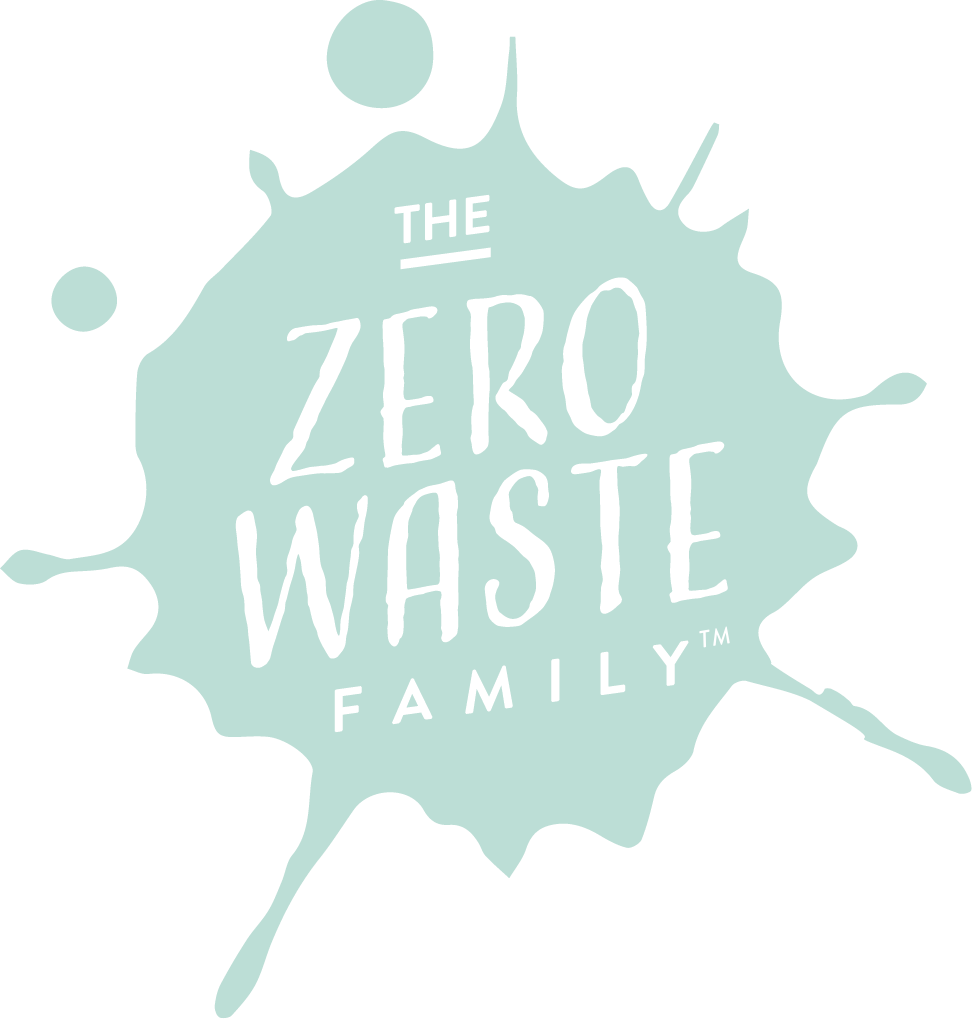
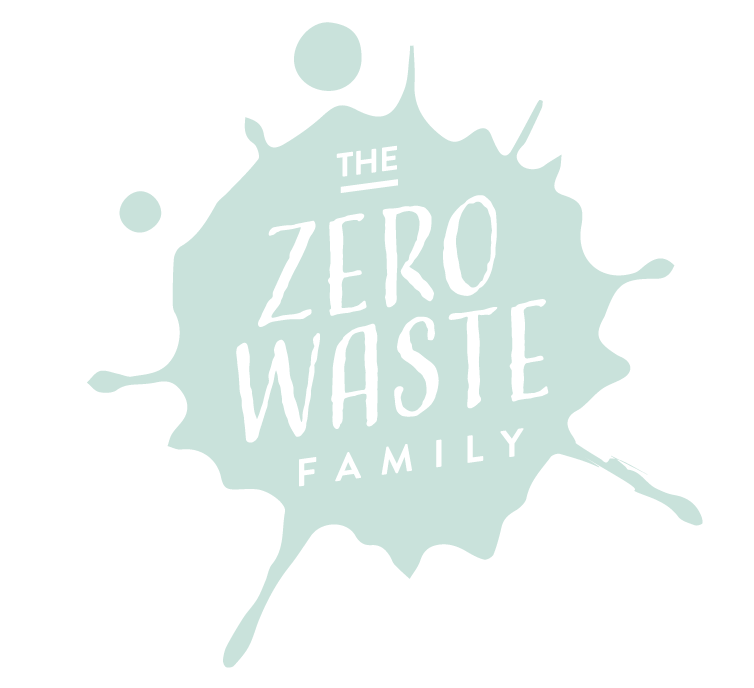
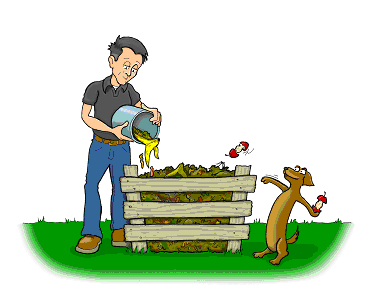

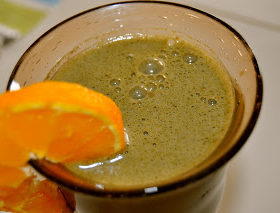
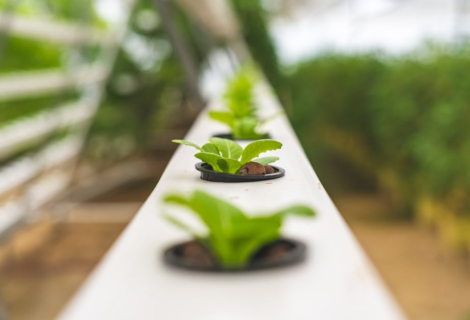
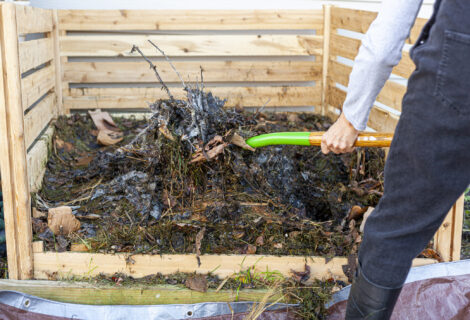
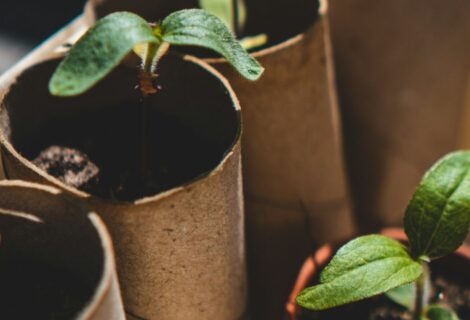
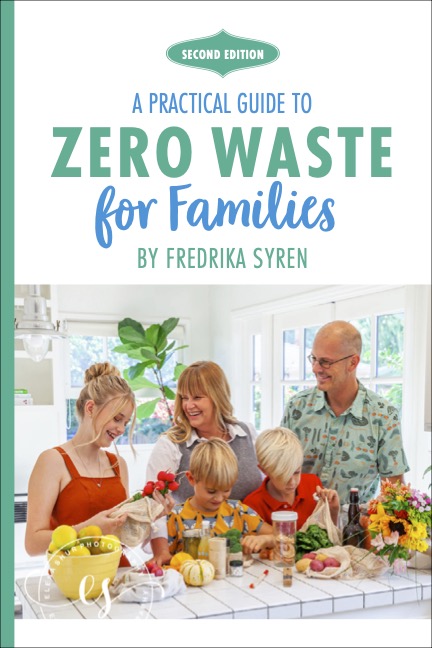

Arton
I used the excuse that we live in a aretnl house for a long time. When I finally started doing it I put all the stuff in a kiddie pool in the back yard. We drilled holes in the bottom of one of those cheap plastic pools and put the compost in there. That way I can drag it to the garden to spread it and when we move I can take it with me. We throw our scraps in a covered waste bin and try to take them out once they have broken down a bit, but before they get runny. If you keep it covered you don’t have to smell it, and if you keep the actual compost outdoors covered there is no stink either.